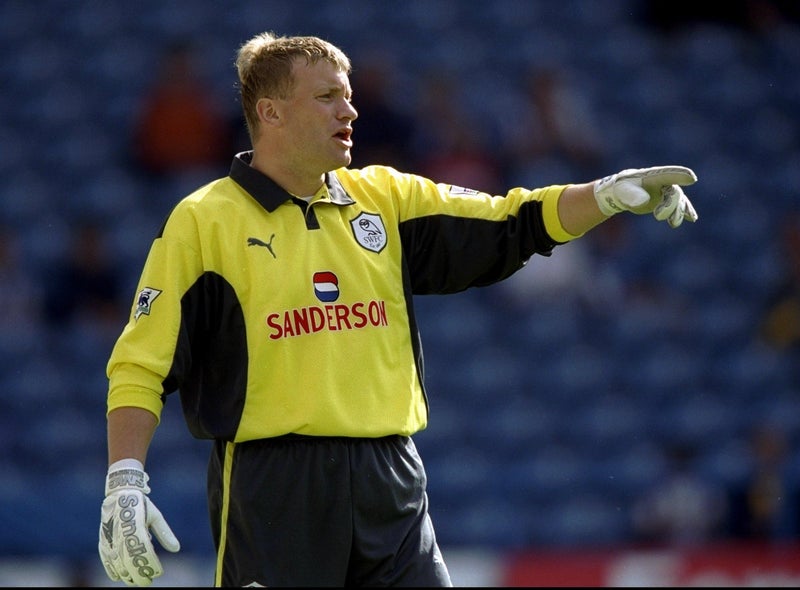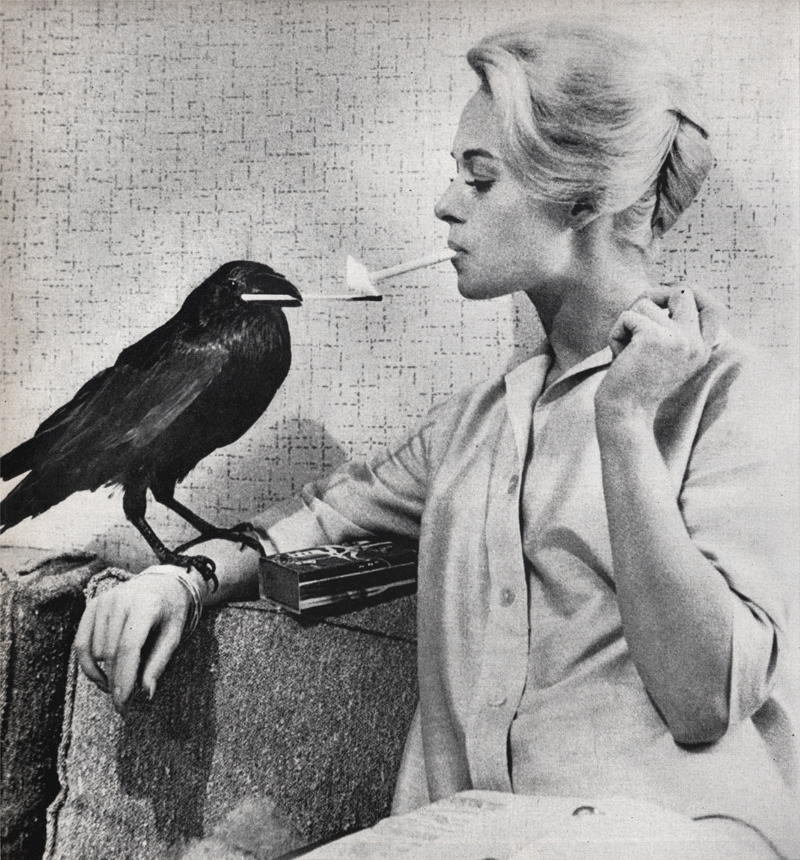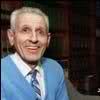- Welcome to Cook'd and Bomb'd.
-
 Jimmy Carr's new Netflix special....
by Kankurette
Jimmy Carr's new Netflix special....
by Kankurette
[Today at 02:59:11 PM] -
 Trans Mania: Graham Linehan...
by dissolute ocelot
Trans Mania: Graham Linehan...
by dissolute ocelot
[Today at 02:58:42 PM] -
 Real life desolation
by poodlefaker
Real life desolation
by poodlefaker
[Today at 02:56:13 PM] -
 Taskmaster s17
by Imperator Helvetica
Taskmaster s17
by Imperator Helvetica
[Today at 02:53:13 PM] -
 Blue Lights (PSNI drama) series...
by Magnum Valentino
Blue Lights (PSNI drama) series...
by Magnum Valentino
[Today at 02:51:38 PM] -
 Old Doctor Who - Part 5
by Bad Ambassador
Old Doctor Who - Part 5
by Bad Ambassador
[Today at 02:50:51 PM] -
 Cass Report [split topic]
by mjwilson
Cass Report [split topic]
by mjwilson
[Today at 02:50:10 PM] -
 School kids asking you to...
by checkoutgirl
School kids asking you to...
by checkoutgirl
[Today at 02:48:36 PM] -
 Tarantino's Final Film - 'The...
by Blumf
Tarantino's Final Film - 'The...
by Blumf
[Today at 02:47:05 PM] -
 Donald Trump
by jobotic
Donald Trump
by jobotic
[Today at 02:44:57 PM]
Members
 Total Members: 17,819
Total Members: 17,819 Latest: Jeth
Latest: Jeth
Stats
 Total Posts: 5,577,913
Total Posts: 5,577,913 Total Topics: 106,665
Total Topics: 106,665 Online Today: 934
Online Today: 934 Online Ever: 3,311
Online Ever: 3,311- (July 08, 2021, 03:14:41 AM)
Users Online
 Users: 109
Users: 109 Guests: 647
Guests: 647 Total: 756
Total: 756 Dr Rock
Dr Rock Theoretical Dentist
Theoretical Dentist Shaxberd
Shaxberd ObsoleteFormat92
ObsoleteFormat92 sardines
sardines Cuellar
Cuellar Twilkes
Twilkes Eltho Jo
Eltho Jo MrMealDeal
MrMealDeal JaDanketies
JaDanketies chutnut
chutnut tony peanuts
tony peanuts dissolute ocelot
dissolute ocelot daf
daf you stole my goddam house
you stole my goddam house checkoutgirl
checkoutgirl tomasrojo
tomasrojo Key
Key Mister Six
Mister Six Eukrate
Eukrate Pink Gregory
Pink Gregory copa
copa StooeyGK
StooeyGK Kankurette
Kankurette Johnny Van Axel Dongen
Johnny Van Axel Dongen C_Larence
C_Larence Schrodingers Cat
Schrodingers Cat George White
George White RicoMNKN
RicoMNKN holbob
holbob Psybro
Psybro Zetetic
Zetetic Dandy21
Dandy21 AliasTheCat
AliasTheCat Tony Yeboah
Tony Yeboah KennyMonster
KennyMonster Mr Balowski
Mr Balowski LurkMcGee
LurkMcGee Mr Farenheit
Mr Farenheit BritishHobo
BritishHobo paddi
paddi DJ Bob Hoskins
DJ Bob Hoskins JesusAndYourBush
JesusAndYourBush Thosworth
Thosworth The Giggling Bean
The Giggling Bean Petey Pate
Petey Pate lardboy
lardboy iamcoop
iamcoop CS Lewis Jr.
CS Lewis Jr. BeardFaceMan
BeardFaceMan Claude the Racecar Driving Rockstar Super Sleuth
Claude the Racecar Driving Rockstar Super Sleuth Stone Cold Steve Austin
Stone Cold Steve Austin Ted-Maul
Ted-Maul KaraokeDragon
KaraokeDragon Imperator Helvetica
Imperator Helvetica lankyguy95
lankyguy95 Hope of Avalon
Hope of Avalon DreadedScotsman
DreadedScotsman Registering to lurk
Registering to lurk Led Souptin
Led Souptin Better Midlands
Better Midlands Brundle-Fly
Brundle-Fly Oosp
Oosp dinglebonce
dinglebonce Magnum Valentino
Magnum Valentino dontrunyoullfall
dontrunyoullfall Sarnie Rudeboy
Sarnie Rudeboy Chudraa
Chudraa Blumf
Blumf Tiggles
Tiggles Obel
Obel JuggaloBoi420
JuggaloBoi420 WEARSTHEICECREAM
WEARSTHEICECREAM Adn
Adn Moribunderast
Moribunderast Tikwid
Tikwid DL
DL There Be Rumblings
There Be Rumblings Jack Shaftoe
Jack Shaftoe
